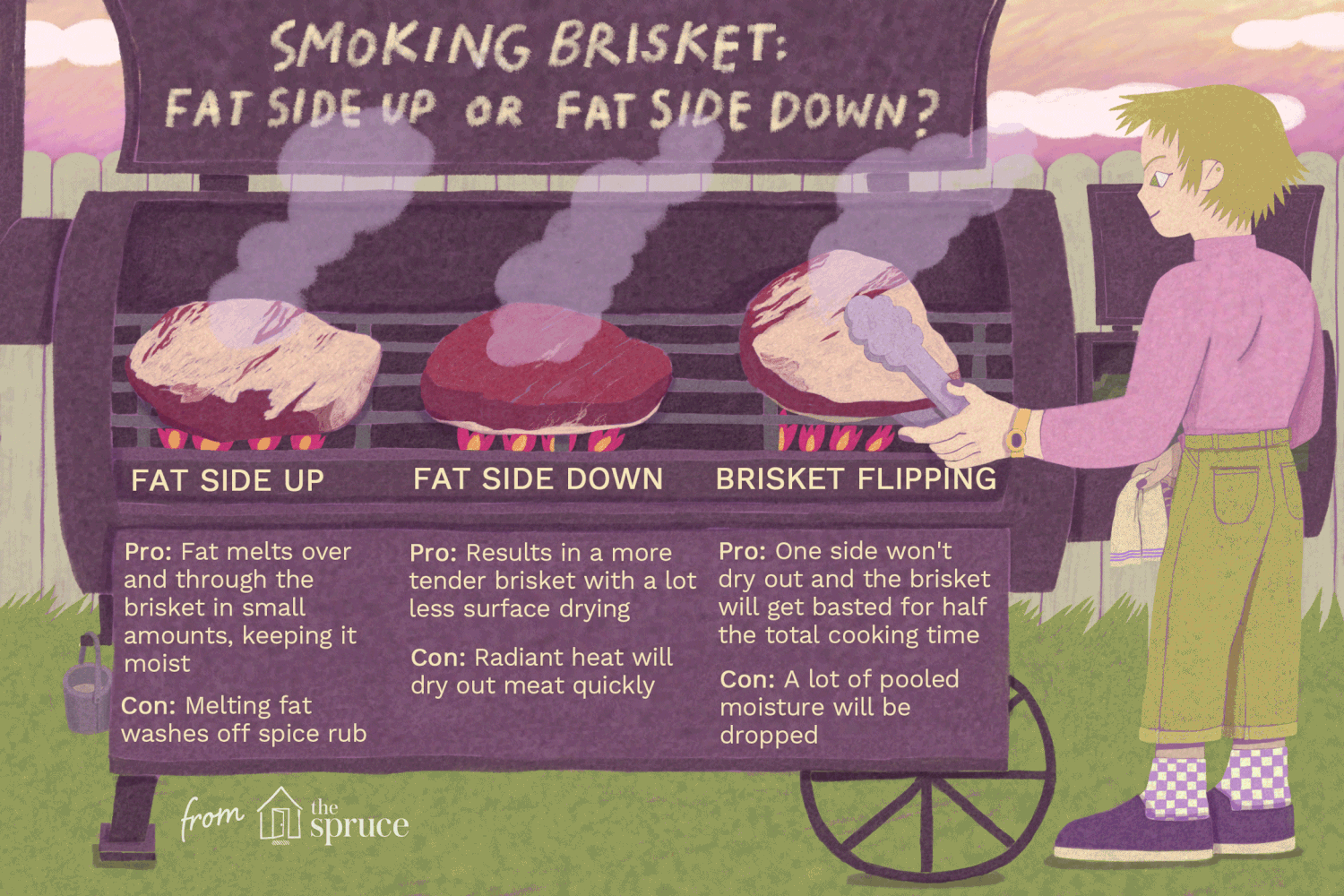Mastering the Art of Cooking Tri-Tip: Fat Side Up or Down?
When it comes to grilling or roasting tri-tip, many enthusiasts are eager to perfect their technique. A common debate centers on whether this flavorful cut of beef should be cooked with the fat side up or down. Understanding the best approach can elevate your culinary skills and enhance the final product.
A Great Beginning: What is Tri-Tip?

Before delving into the cooking methods, it’s important to understand what tri-tip is. Known for its triangular shape, the tri-tip is a lean, yet tender cut from the bottom sirloin of the cow. It became widely popular due to its rich flavor and versatility in cooking styles—be it grilling, barbecuing, or roasting. Its unique characteristics make the question of fat orientation crucial for achieving the desired taste and texture.
The Argument for Fat Side Up
Those who advocate for placing the fat side up argue that this method allows the fat to render over the meat, imbuing it with extra moisture. As the fat melts, it slowly bastes the beef, enhancing its juiciness and infusing it with rich flavors. This technique is often favored when roasting as the heat from the oven ensures even distribution, allowing the fat to seep into the meat effectively. The result is a tri-tip that is succulent and teeming with robust flavors.
Why Consider Fat Side Down?
On the flip side, cooking tri-tip with the fat side down is championed, especially when grilling. This method serves to form a protective layer between the meat and the grill, minimizing the risk of burning the lean portion of the tri-tip. This approach can produce a delightful crust that locks in juices, ensuring the beef remains tender. Many grilling enthusiasts find the fat down orientation results in a pleasing brown and slightly crisp exterior, adding both texture and flavor.
Factors Influencing Your Decision
Choosing the optimal fat orientation is not solely about personal preference. Several factors might influence your decision. The cooking method is paramount; for roasting, fat side up can be advantageous, while grilling might benefit from a fat-down approach. Additionally, the degree of doneness desired and the equipment used play crucial roles. A high-quality grill with even heat distribution might perform differently from one with hot spots, impacting the end result.
Enhance Flavor with Seasoning and Marinades
Irrespective of your chosen method, seasoning and marinades can significantly affect the outcome. A well-seasoned tri-tip with herbs, spices, or a marinade can add layers of flavor, complementing the inherent taste of the meat. When spices and seasonings are applied, ensure they penetrate the meat for a rich taste profile that harmonizes with your cooking technique.
A Few Tips for Perfecting Your Tri-Tip
Achieving the perfect tri-tip involves a few inclusive practices. Allow the meat to rest before slicing. This step is crucial as it allows the juices to redistribute throughout the cut, ensuring every bite is as flavorful as possible. Additionally, pay attention to slicing against the grain. This technique promotes tenderness, making the meat easier to chew and even more enjoyable.
Final Thoughts
Whether you choose to cook your tri-tip fat side up or down, the ultimate goal is to enjoy a delicious and satisfying meal. Each method offers distinct benefits, and your choice should align with your culinary objectives and the specific taste you wish to impart. Experimenting with both methods might even reveal a preferred technique unique to your palate. Regardless of your choice, a well-cooked tri-tip promises to be a highlight at any dining occasion, offering a delightful burst of flavor in every bite.













